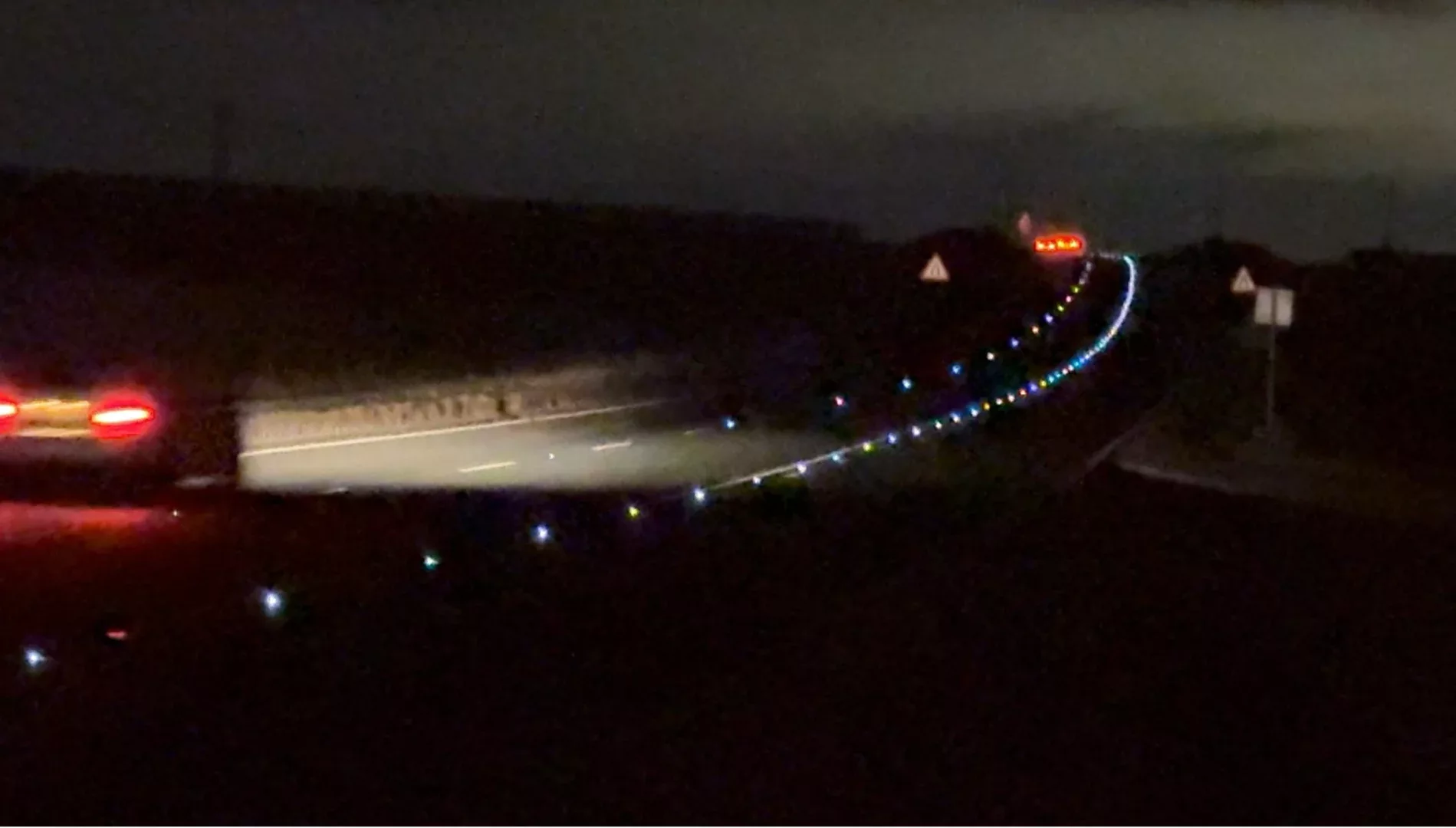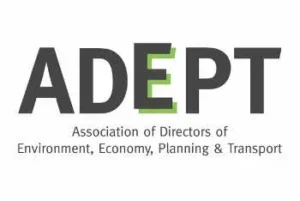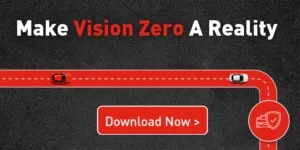“It actually started when we were engaging with Karl at the TTF Conference in Leeds last year, where effectively they were saying that they were looking at bringing in new technologies to complement improved white lining…” explains Ralph Bates of Clearview Intelligence as he explains how he got involved in ADEPT’s Live Labs 2 project which was being discussed at a meeting in the East Riding of Yorkshire that Highways News were invited to. “At that point, we started talking about how we were going to sort of roll out this type of solution in replacement to street lighting, based on our history and legacy with route safety solutions, making sure that we start heading towards net zero and Vision Zero initiatives in partnership.”
Subscribe to Highways Voices free on Apple Podcasts, Spotify, Amazon Music, Google Podcasts or Pocket Casts and never miss an episode!
The Karl Ralph was referring to is Karl Rourke of East Riding of Yorkshire Council who is leading a future lighting testbed investigating decarbonising and rationalising street lighting, and testing lower carbon alternatives.
The solution, he explains, is “using modern technologies around white lining, around signage, and crucially around road studs. So what we’ve installed currently is white lines that are reportedly by the manufacturer, around 10 times more reflective than standard. And we’ve installed solar powered illuminated road studs to provide Lane delineation without the need for reliance on reflectivity.”
The project is looking at how solar road studs can be used instead of streetlighting, cutting carbon and light pollution while maintaining safety. In the podcast Karl and Ralph explain the concepts, explain how they’re being implemented using Clearview’s SolarLite road studs, and how other authorities across the country will benefit from what has been learned.
“The locations will be monitored from a safety aspect we will be putting up CCTV cameras, we’ve developed a system to be able to monitor driver behaviour, both in daylight and in the darkness,” Karl Rourke explains. “So we will be keeping a very close eye on on safety and hoping to baseline driver behaviour prior to the straight line being switched off to then compare driver behaviour once it’s been switched off and the new interventions are in place to be able to make those decisions and quantify the difference between the two.”
“Rather than local authorities designing in swathes of street lighting on on new road developments, because that’s what they’ve always done… they can actually now be better informed,” Ralph Bates concludes. “We can show that there’s a better way of doing things with huge carbon savings [and] huge financial savings.”
In today’s podcast you’ll also hear news from our partners and why a cross-council initiative in Essex wins Adrian’s Accolade this week.
(Picture – Highways News)



























